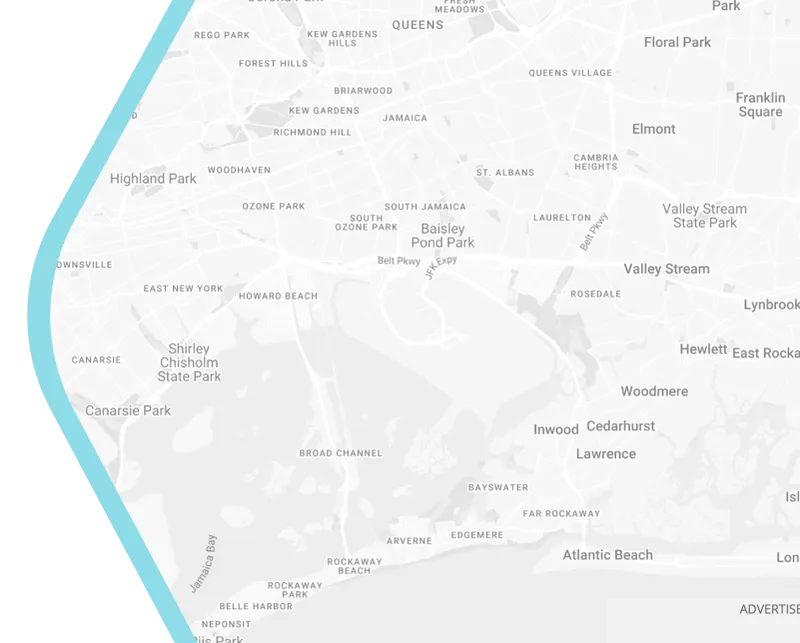
From IoT to AI: Building Sustainable and Efficient Smart Cities for Australia’s Future
Introduction: The Urgency of Smarter Cities in Australia
By 2030, Australia’s urban population will grow by 10%, intensifying pressure on infrastructure, resources, and climate-vulnerable regions. For city planners in Sydney, Melbourne, and beyond, the fusion of IoT (Internet of Things) and AI (Artificial Intelligence) offers a roadmap to tackle these challenges head-on—while meeting national sustainability targets.
Smart City Strategies Australia: IoT as the Foundation
IoT sensors and networks form the backbone of Australia’s smart city ecosystem, delivering real-time data to optimize resource use and infrastructure management.
Case Study 1: Adelaide’s Smart Streetlight Revolution
Adelaide replaced 23,000 streetlights with IoT-enabled LEDs, slashing energy costs by 50% and reducing CO2 emissions by 35,000 tons annually. The system auto-adjusts brightness based on pedestrian and traffic activity, saving $2 million yearly.
Case Study 2: Melbourne’s Waterwise Program
During the 2019 drought, Melbourne deployed IoT sensors in water pipelines to detect leaks. The initiative saved 1.2 billion liters of water annually—enough to supply 8,000 households.
Case Study 3: Darwin’s Solar-Powered IoT Grid
Darwin’s solar energy grid, integrated with IoT sensors, now powers 30% of public facilities. The project cut emissions by 15,000 tons and serves as a model for regional Northern Australia.
Smart City Solutions for Sustainability: AI’s Transformative Power
AI turns IoT data into actionable insights, helping Australian cities predict risks, streamline operations, and engage communities.
Case Study 4: AI Bushfire Predictions in New South Wales
The NSW Rural Fire Service uses AI to analyze weather patterns, soil moisture, and historical fire data. This system predicts bushfire risks with 90% accuracy, enabling early evacuations and resource allocation.
Case Study 5: Brisbane’s AI-Optimized Traffic Flow
Brisbane’s AI traffic management system reduced peak-hour congestion by 18% by adjusting signal timings in real-time. Commuters now save 15 minutes daily on average.
Case Study 6: Perth’s AI-Driven Waste Management
Perth’s AI algorithms optimize garbage truck routes, cutting fuel use by 25% and reducing missed collections by 40%. The city aims to divert 75% of waste from landfills by 2025.
Smart City Ecosystem Development: Collaboration in Action
Australia’s success hinges on partnerships between councils, tech firms, and communities.
Example: Newcastle’s Smart Stormwater Project
Newcastle collaborated with IoT startup GreenSparks to deploy AI-powered stormwater sensors. The system prevented $4 million in flood damage in 2023 by redirecting water flow during heavy rains.
Example: Sydney’s Smart Building Initiative
Sydney’s CBD buildings now use IoT sensors and AI HVAC systems to cut energy use by 30%. The program aligns with the NSW Government’s Net Zero Plan.
Overcoming Challenges: Funding, Privacy, and Public Trust
Government Grants: Smart Cities and Suburbs Program
Since 2017, the Australian Government has funded 109 projects through its $50 million Smart Cities and Suburbs Program. Highlights include:
- $5 million for Hobart’s IoT air quality network.
- $3.2 million for Geelong’s AI-powered public transport app.
Building Community Trust
Melbourne’s “Data for Good” initiative educates residents on how IoT/AI data improves services without compromising privacy. Over 80% of surveyed citizens now support smart city projects.
Conclusion: The Path Forward for Australian Cities
From Adelaide’s streetlights to Brisbane’s traffic systems, IoT and AI are reshaping urban Australia. For planners, the next steps are clear:
- Prioritize scalable smart city infrastructure management.
- Leverage federal and state funding programs.
- Engage communities through transparency and education.
Ready to transform your city? Explore Smart City Solutions Australia for tailored IoT and AI strategies.
